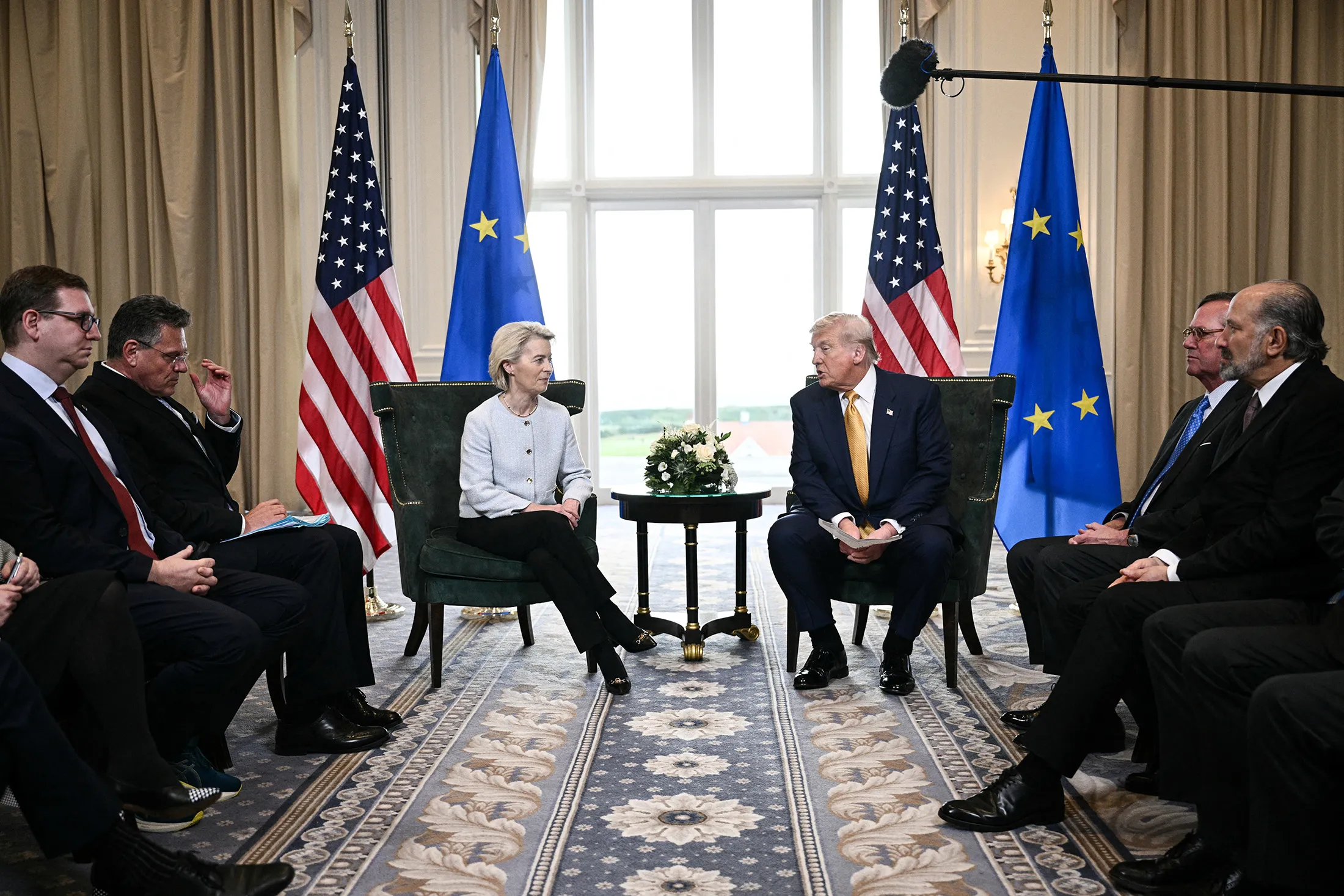The United States and the European Union reached a last-minute trade framework deal just before the August 1st deadline. Under the agreement, the US will impose a 15% tariff on most EU imports, half of the originally threatened 30%. In return, the EU has committed to invest $600 billion in the US economy and spend $750 billion on American energy and defense products.
President Donald Trump and European Commission President Ursula von der Leyen unveiled the deal during a meeting at Trump’s golf resort in western Scotland. Trump hailed it as a historic achievement, calling it “the biggest deal ever made.”
Von der Leyen described the agreement as the best outcome achievable under the circumstances, pointing out that the US’s only significant compromise was lowering the proposed tariff. The agreement excludes EU pharmaceutical exports, and existing 50% tariffs on steel and aluminum remain unchanged. Meanwhile, goods shipped from the US to the EU will face no import duties.
She emphasized the significance of the deal, calling it a stabilizing force between the world’s two largest economic powers. Still, critics in Europe argue that the 15% tariff is steep compared to earlier ambitions for a tariff-free arrangement.
The EU remains America’s top trading partner, with total bilateral trade reaching nearly $2 trillion last year. Despite this, the US recorded a $235 billion trade deficit in goods.













